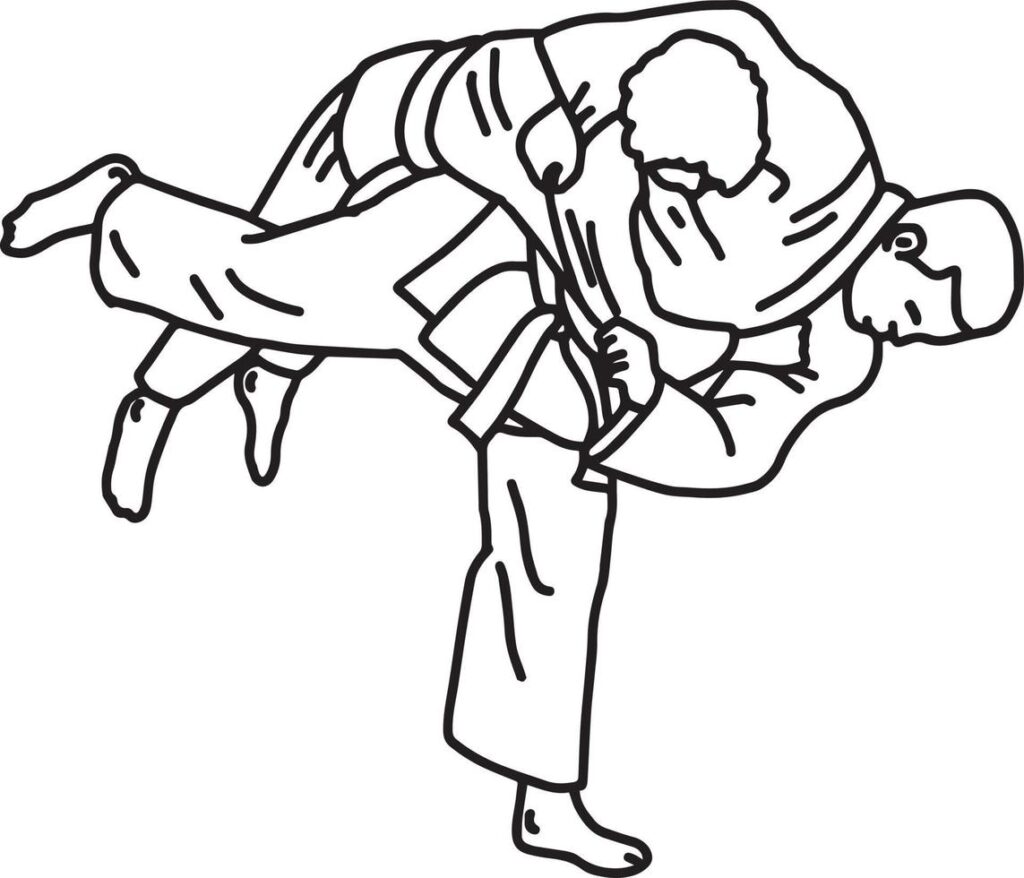The 1st Asian Judo Championships (Men) was held in the year 1966 in Manila, Philippines, and teams from 8 Member National Judo Federations participated in the Championships. The year 1970 saw the 2nd Asian Judo Championships (Men) in Kao-Hsiung, Taiwan, and the 3rd Asian Judo Championships (Men) was held in Seoul, Korea in the year 1974.
JUA Membership has been increasing year by year. By the end of the year 1970, National Judo Federations from Sri Lanka, Malaysia, India, Pakistan, Turkey, Vietnam, DPR Korea, Burma (Myanmar, at present), Singapore, Kuwait, Saudi Arabia, Bangladesh, Iran and Syria also joined JUA, thus expanding the membership to 23.
The year 1980 brought a significant change in the management of JUA, as Mr. Risei Kano resigned from JUA Presidency and his son Mr. Yukimitsu Kano became the new President.
The 1st Asian Women’s Judo Championships was held in Jakarta, Indonesia in 1981, along with the 4th Asian Judo Championships (Men).
China, Macau, Nepal, Palestine, and Yemen were affiliated as JUA members during the 1980s, and JUA Member base was further expanded to 32 when 4 countries from the Central Zone, i.e., Uzbekistan, Kazakhstan, Kyrgyzstan and Turkmenistan joined JUA later on.
Another major change in the JUA Management took place in the year 1995 when Mr. Yukimitsu Kano resigned from the Presidency of JUA after serving JUA continuously for 15 years. Mr. Jagdish Tytler from India was elected the new President during the JUA Congress held at New Delhi.
By the end of year 1998, with the joining of Cambodia, Tadzikistan, UAE, Qatar, Laos and Lebanon, JUA Membership reached its present member strength of 39 Members.
In the year 1999, Mr. Yoshinori Takeuchi was elected President during the JUA Congress held at Wenzhou, China.
The first Asian Junior Judo Championships were held in Hong Kong, China in the year 2000, followed by the second one in Vietnam in 2001. Since then JUA is conducting Asian Junior Judo Championships every year.

Judo, the way of gentleness, which was created by Prof. Jigoro Kano from the martial arts, is an ideal form of physical exercise and self-defense. Judo is also a source of educational and character development. Prof. Kano emphasized that the efficient use of one’s mind and body was the key to self-fulfillment. Judo, the first Olympic sport from Asia, is unique in its own way and sense.
The origin and development of Judo as a combative sport demonstrates the superiority of technique over strength. The evolution of modern Judo was based on high ethical standards and always gave due respect to its technical system and combative method.
“Most people are no doubt familiar with the words jujutsu and judo, but how many can distinguish between them? Here, I will explain the two terms and tell why judo came to take the place of jujutsu.
Many martial arts were practiced in Japan during its feudal age: the use of the lance, archery, swordsmanship, and many more. Jujutsu was one such art. Also called taijutsu and yawara, it was a system of attack that involved throwing, hitting, kicking, stabbing, slashing, choking, bending and twisting limbs, pinning an opponent, and defenses against these attacks. Although jujutsu’s techniques were known from the earliest times, it was not until the latter half of the sixteenth century that jujutsu was practiced and taught systematically. During the Edo period (1603–1868) it developed into a complex art taught by the masters of a number of schools.
In my youth I studied jujutsu under many eminent masters. Their vast knowledge, the fruit of years of diligent research and rich experience, was of great value to me. At that time, each man presented his art as a collection of techniques. None perceived the guiding principle behind jujutsu. When I encountered differences in the teaching of techniques, I often found myself at a loss to know which was correct. This led me to look for an underlying principle in jujutsu, one that applied when one hit an opponent as well as when one threw him. After a thorough study of the subject, I discerned an all-pervasive principle: to make the most efficient use of mental and physical energy. With this principle in mind, I again reviewed all the methods of attack and defense I had learned, retaining only those that were in accordance with the principle. Those not in accord with it I rejected, and in their place I substituted techniques in which the principle was correctly applied. The resulting body of technique, which I named Judo to distinguish it from its predecessor, is what is recognized as Judo.
Copyright © 2025 Judo Union of Asia